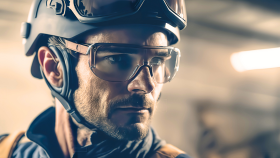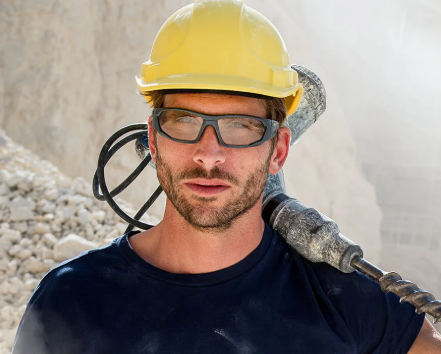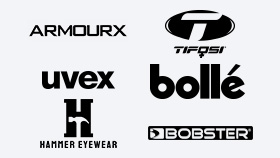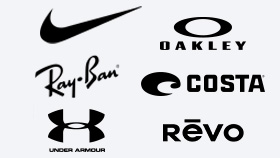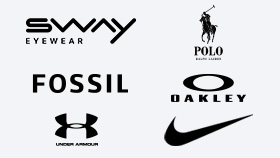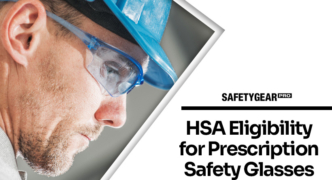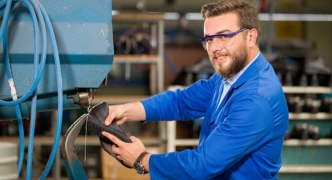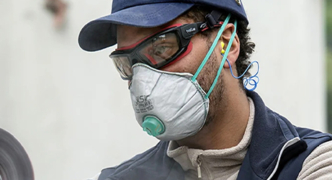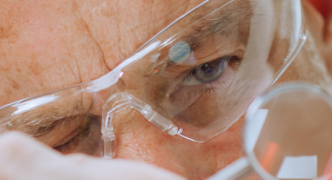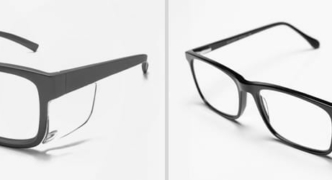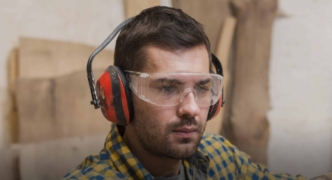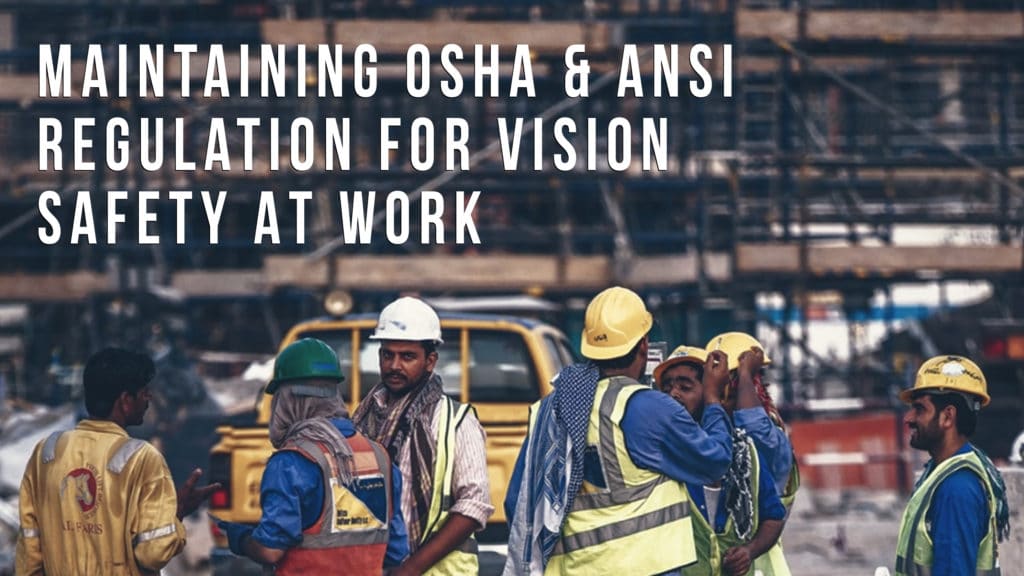
Many occupations expose workers to potential vision dangers, which is why the Occupational Safety and Health Administration of the United States has laid proper occupation health and safety guidelines in place. These OSHA standards ensure that all workers are protected from possible occupational hazards and are able to live a trouble-free life.
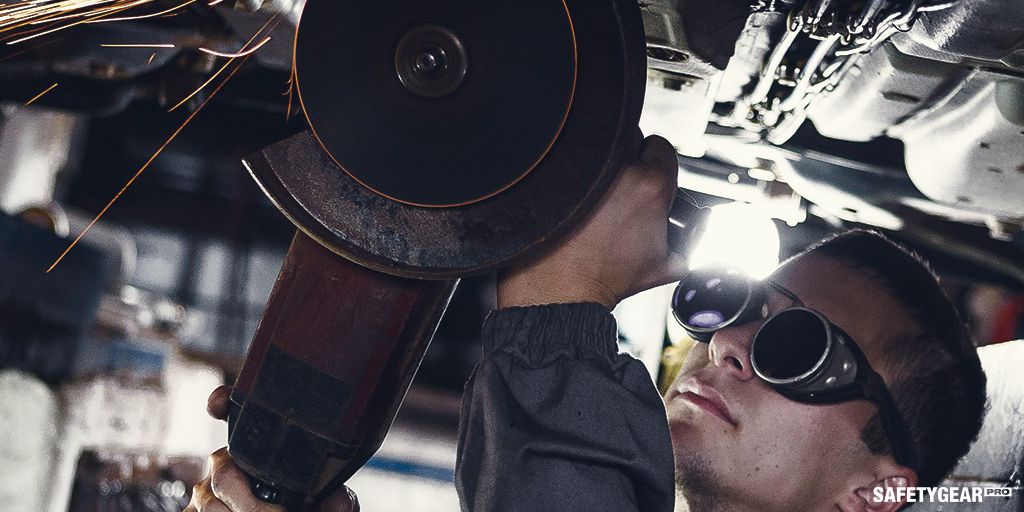
In order to understand what these guidelines are, we have gathered relevant information in this blog. By reading this information, employers will be able to implement proper workplace health and safety regulations to keep their employees protected from damage.
OSHA Eye Protection Guidelines for Workers
The OSHA has laid certain eye safety guidelines for employers and employees to follow to ensure maximum eye protection. It suggests that people working as machinists, carpenters, pipefitters, millwrights, plumbers, electricians, machine operators, etc., should protect their eyes from the following hazards:
- Chemicals and hazardous liquids
- Hot liquid splashes and fumes
- Dirt, dust, wood, and metal chips
- Radiant energy and light
- Glare
- UV light
The OSHA lists a few suitable eye protection gears for workers’ safety including safety spectacles, safety goggles, and laser safety goggles. These safety goggles must meet the ANSI Standards for maximum eye protection.
The ANSI Approved ANSI Z87 Safety Glasses
The American National Standards Institute is responsible for maintaining proper standards for eye protection in the workplace. Their standards have a significant impact on the way eyewear companies manufacture their safety glasses, ensuring quality products for workers.
ANSI Z87
The protective eyewear used for various occupations in the US must have the governing document of ANSI Z87.1. This is the minimum performance requirement for eye protection wear. This means that those working in hazardous conditions must be provided with safety glasses that comply with the ANSI standard.
The lenses of these glasses undergo intensive testing before being approved for use. Below is an overview of the tests performed on the ANSI standard lens.
- The lens undergoes a high-velocity test that is conducted at six different impact points on the surface. The test is performed using a projectile ¼ inch steel ball traveling at a certain speed to ensure that any type of grinding or chipping of metal particles doesn’t get past the lens.
- A lend retention test is performed to ensure that the lens remains unharmed on impact with different types of particles.
If you are looking to offer your employees complete eye protection against the elements they are exposed to within the workplace, it is best to opt for eye protection glasses that meet the ANSI and OSHA standards for workplace safety.
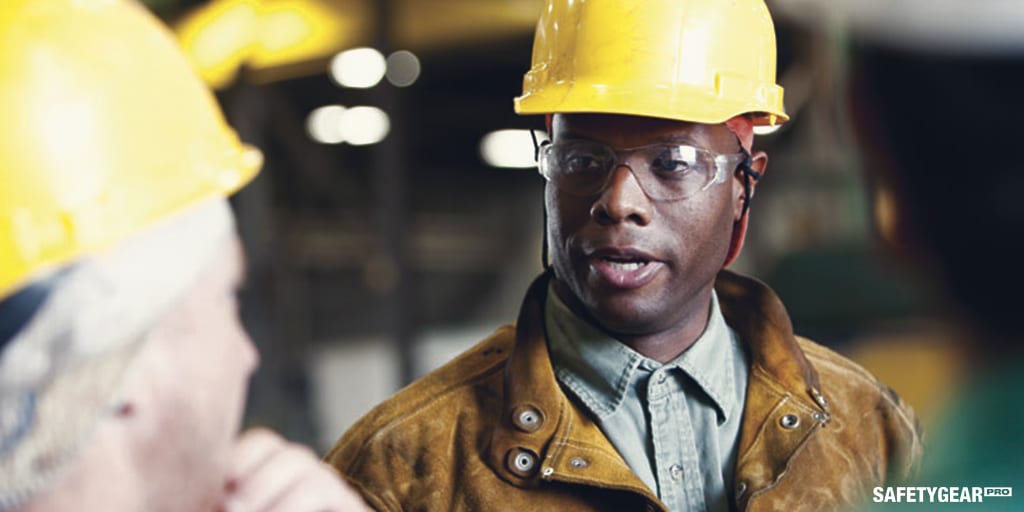
FAQs
What eye protection prevents contaminated fluids from entering your eyes?
Quality safety goggles form a protective seal around the eyes, protecting the entire eye socket and facial area from dangerous splashes, mists or sprays. The prescription safety eyewear program at Safety Gear Pro provides companies with access to protective eyewear available with prescription lenses, ensuring maximum protection and clear vision.
What is the ANSI standard for eye protection?
Occupational Safety and Health Administration mandates that employers adhere to specific eyewear requirements tested by the American National Standards Institute. Safety Gear Pro’s corporate safety eyewear program ensures glasses that meet these rules to protect from:
- Chemical exposure
- Hot liquid splashes
- Mechanical irritants
- Dust, wood or metal chips
- Environmental hazards
What does the Z87 on safety glasses mean?
OSHA standards require that protective eyewear used in US workplaces have an ANSI Z87.1 rating. This standard details the processes for testing safety eyewear to prevent eye injuries from hazards. A permanent Z87 marking indicates that glasses meet or exceed standards regarding specific protection areas like coverage and impact resistance.
Can I get prescription safety glasses?
Yes, the prescription safety eyewear program with Safety Gear Pro gives companies a way for employees to choose OSHA and ANSI-rated glasses and goggles complete with prescription lenses. This corporate eyewear program is convenient for employees and administrators, providing easy ordering of quality safety eyewear and minimizing potential workplace injuries. What are the best prescription safety glasses?
- Titmus SW06E: Wraparound frames protect eyes and accommodate progressive lenses.
- WileyX Valor: These stylish glasses resist damage and scratching in harsh environments.
- Bolle Home Run: Modern prescription safety glasses featuring anti-fog and anti-scratch coating plus a shock absorption system.
- Bolle Ultim8 Safety Glasses: Users can wear these as glasses or goggles.
